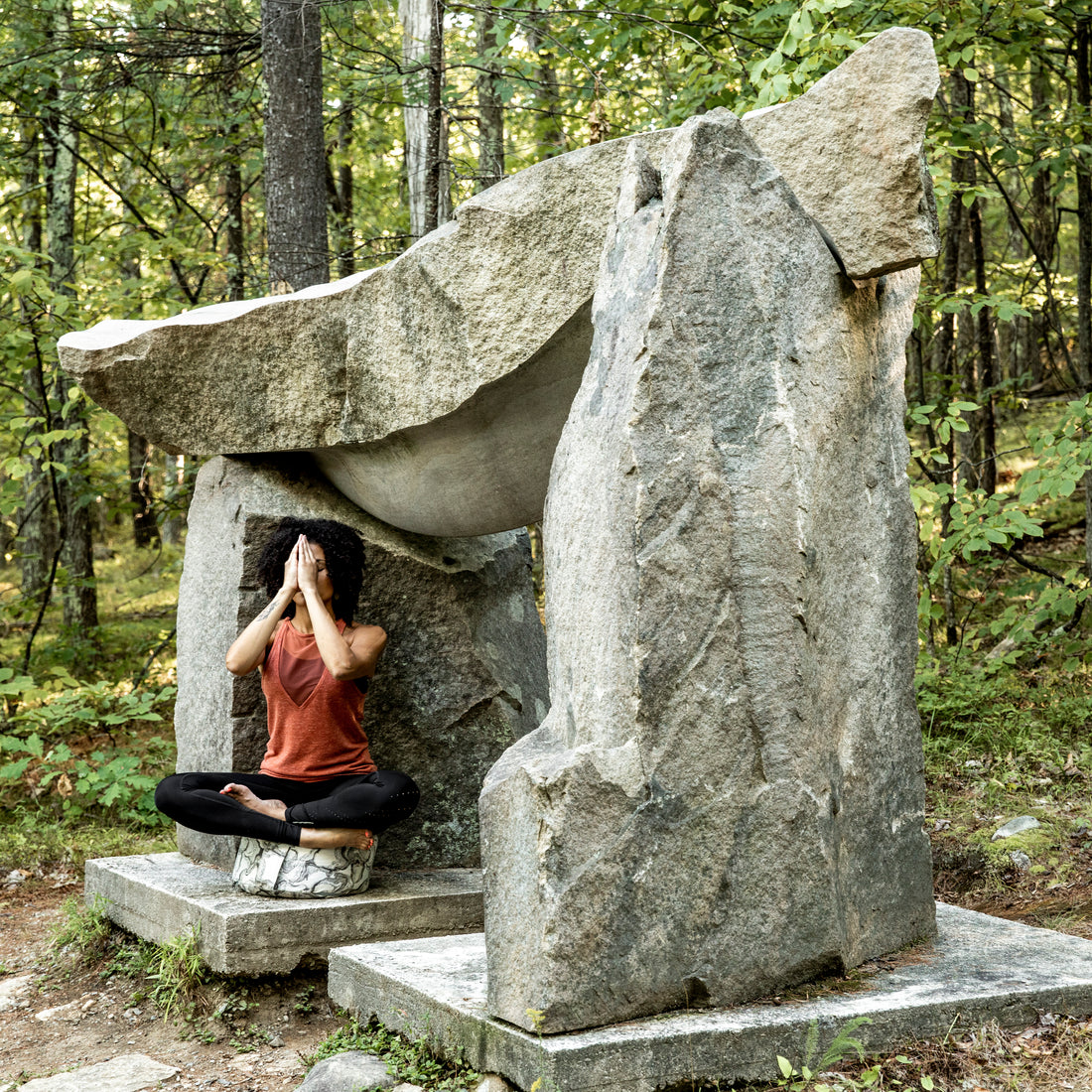Zafu cushions are the traditional cushions used in Japanese Zen Meditation, also known as Zazen, which is simply a seated meditation. Eventually they became the standard cushion across all Zen meditation and Zen Buddhism as well. In American English Zafu is usually translated as “sewn seat”. However in Japanese Kanji “Za” means seat and “Fu” translates as reedmace (which is a type of Cattail). The original filling was a fluffy soft fiber made from reedmace seed heads. Occasionally they were filled with kapok, a seed pod puff of a rainforest tree called the Ceiba tree or even buckwheat hulls.
In Japan zafus were used as the meditation equivalent of the traditional zabuton floor cushion. There are two kinds. One is the circle zafu from the Soto Sect and the second is the rectangular from the Rinzai Sect. The circle zafu is the most common and has made its way to the west as meditation has increased in popularity. The traditional width is 35cm with the height at 20cm. They’re made of three cuts of cloth, one for the upper section, the bottom, and the surrounding area all sewn together.
In traditional Zazen meditation zabutons may be used but usually they are saved for the leaders of the practice. Before and after Zazen practice zen meditators present a gassho bow of respect to the zafu cushion, their fellow meditators, and to the leader of the practice. In many places there is a formal way to hold and handle the cushions while in the meditation space.




